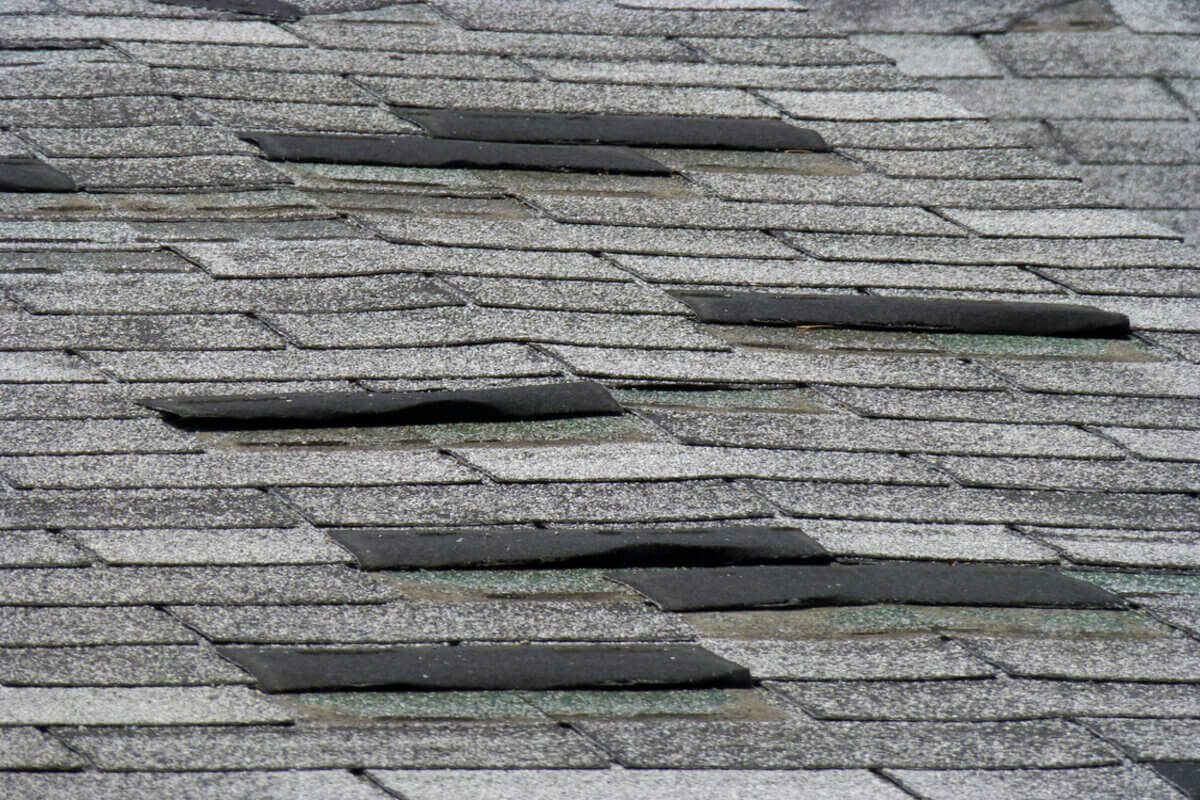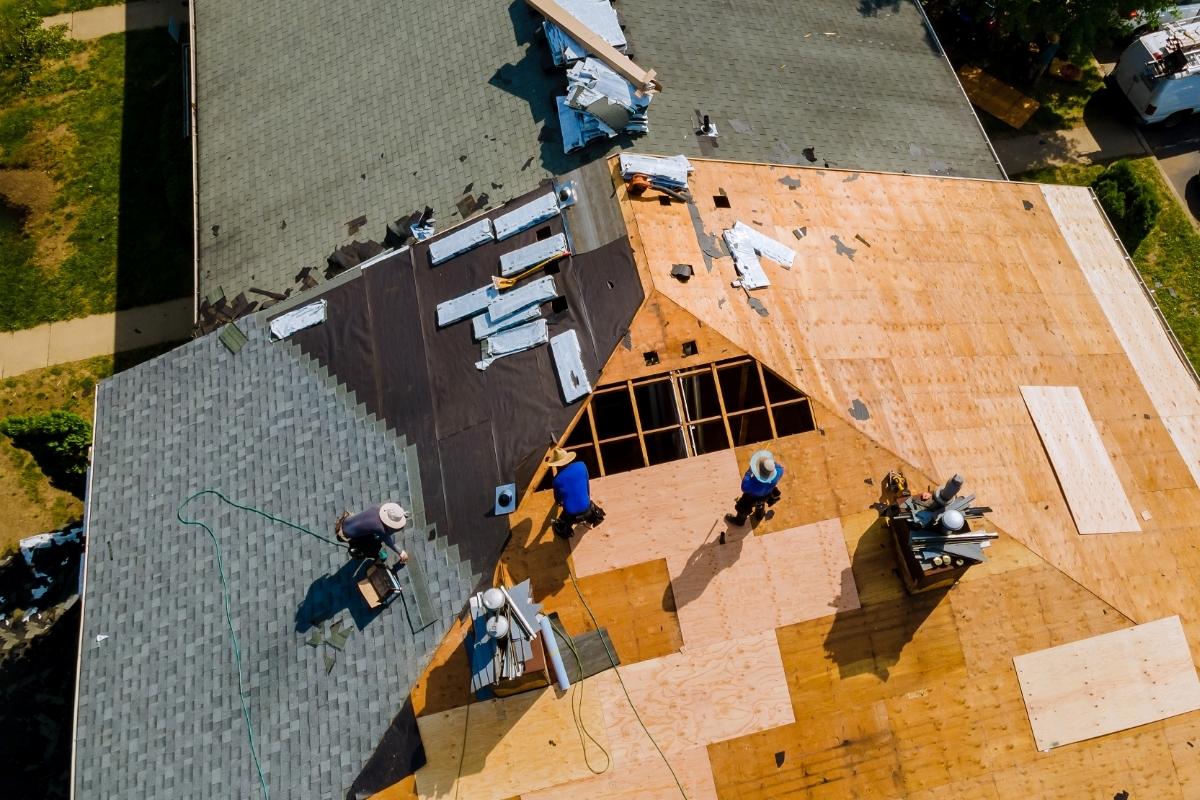Your roof is more than just a protective covering for your home; it’s a shield against the elements, safeguarding your family and possessions. However, over time, various factors can compromise its integrity, and one such issue is granular loss. But what exactly does granular loss mean for your roof, and how can you mitigate its effects?
What is Granular Loss?
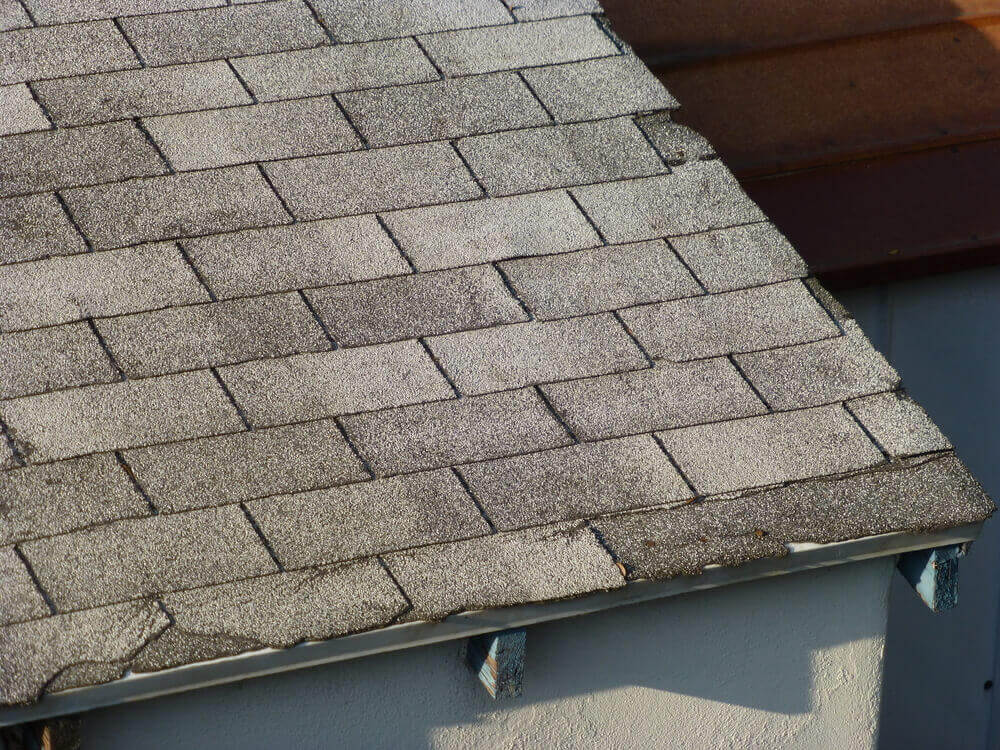
Granular loss refers to the gradual erosion or shedding of the granules that coat the surface of asphalt shingles. These granules, typically made of ceramic or mineral materials, serve a crucial purpose in protecting your roof from UV rays, moisture, and other environmental hazards. As they wear away, your roof becomes more vulnerable to damage, leading to potential leaks and structural issues.
The Effects of Granular Loss
1. Reduced Longevity
Granular loss accelerates the aging process of your roof, diminishing its lifespan significantly. When the protective layer of granules wears away, the underlying asphalt material is left vulnerable to the relentless assault of harsh weather conditions, such as pounding rain, scorching sunlight, and freezing temperatures. This prolonged exposure accelerates the deterioration of the asphalt, leading to cracks, brittleness, and overall structural weakening. As a result, the once sturdy barrier between your home and the elements gradually loses its effectiveness, shortening the lifespan of your roof and increasing the likelihood of costly repairs or premature replacement.
2. Increased Vulnerability
As granules wear away, your roof becomes more vulnerable to various environmental stressors like UV rays, rain, snow, and strong winds. This increased susceptibility can lead to issues such as leaks, cracks, and structural compromises, which can escalate quickly, especially during severe weather. If left unaddressed, these problems can result in costly repairs or premature roof replacement. Thus, taking proactive measures to safeguard your roof against granular loss is essential.
3. Aesthetic Degradation
Granular loss doesn’t just affect your roof’s function; it also impacts its appearance. As granules wear away, your roof may develop patches of discoloration or bare spots, disrupting its uniform look. This detracts from your home’s curb appeal and overall aesthetic harmony. Additionally, exposed areas of asphalt beneath the missing granules can appear weathered, further diminishing your roof’s visual appeal. Whether you’re selling your home or simply take pride in its appearance, addressing granular loss is essential for maintaining its beauty and value.
Identifying Granular Loss
Detecting granular loss early is crucial for preventing further damage to your roof. While a visual inspection from the ground can provide some indication of granule erosion, a thorough examination by a professional roofer is recommended. They can assess the extent of the loss and recommend appropriate solutions.
Addressing Granular Loss
1. Roof Maintenance
Regular roof maintenance, including inspections and cleaning, can help identify and address granular loss before it escalates. Prompt repairs, such as replacing damaged shingles or applying protective coatings, can extend the lifespan of your roof and prevent more extensive damage.
2. Roof Replacement
In cases where granular loss is widespread or severe, roof replacement may be necessary. Choosing high-quality shingles with durable granule coatings can provide long-term protection for your home and minimize the risk of future issues.
Conclusion
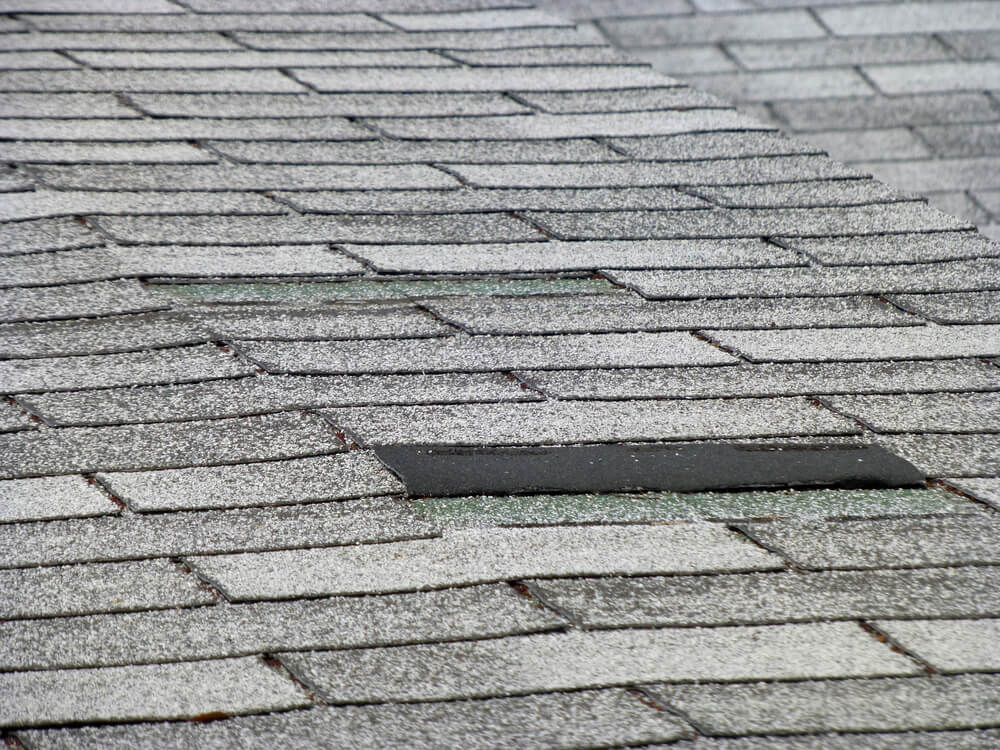
Granular loss is a common issue that can have significant implications for the health and longevity of your roof. By understanding its effects and taking proactive measures to address it, you can protect your investment and ensure the continued safety and comfort of your home. Remember, regular maintenance and timely repairs are key to preserving the integrity of your roof and avoiding costly damage down the line. If you need assistance with granular loss or any other roofing concerns, don’t hesitate to contact DryTech Exteriors today for expert guidance and reliable solutions.
